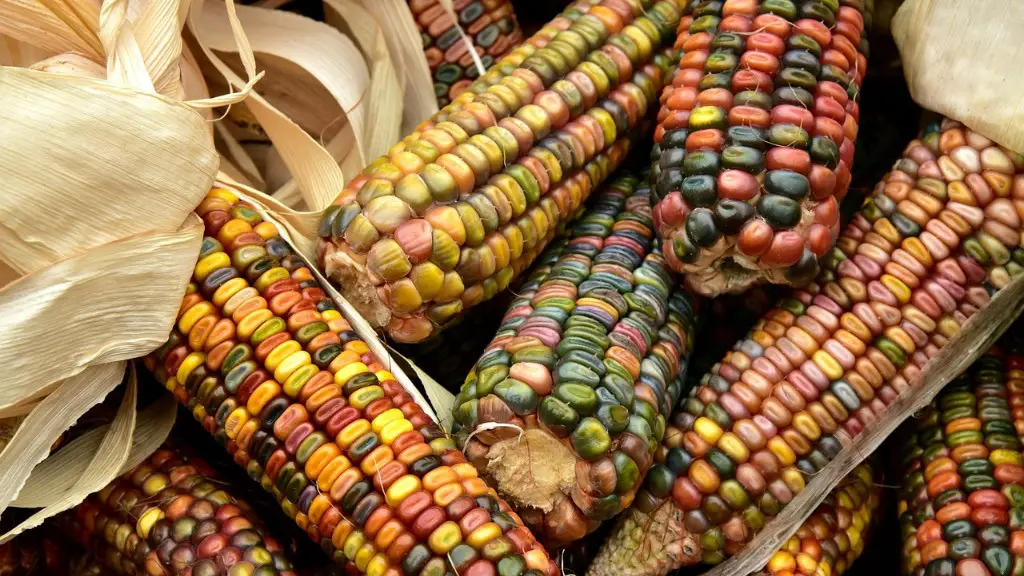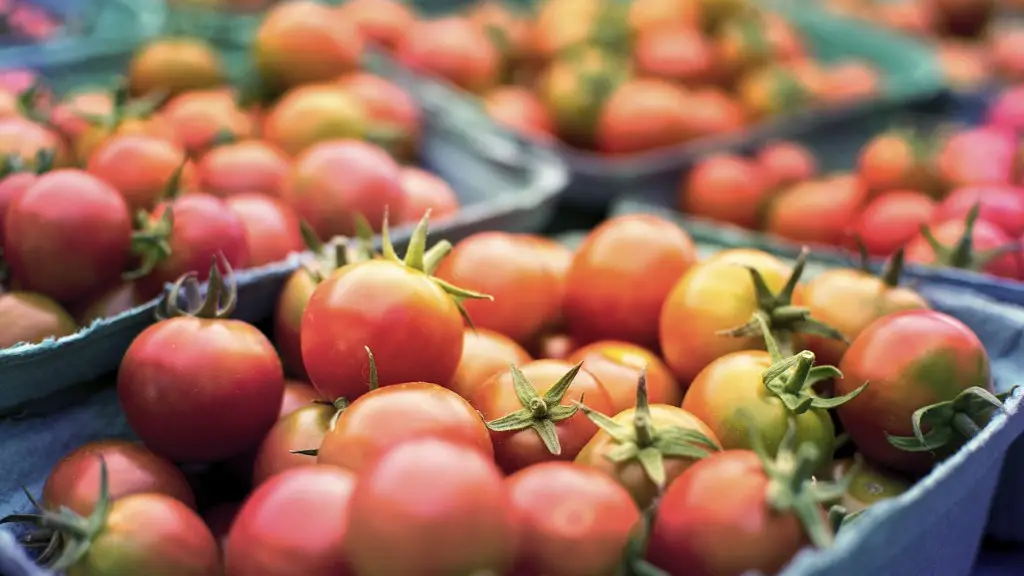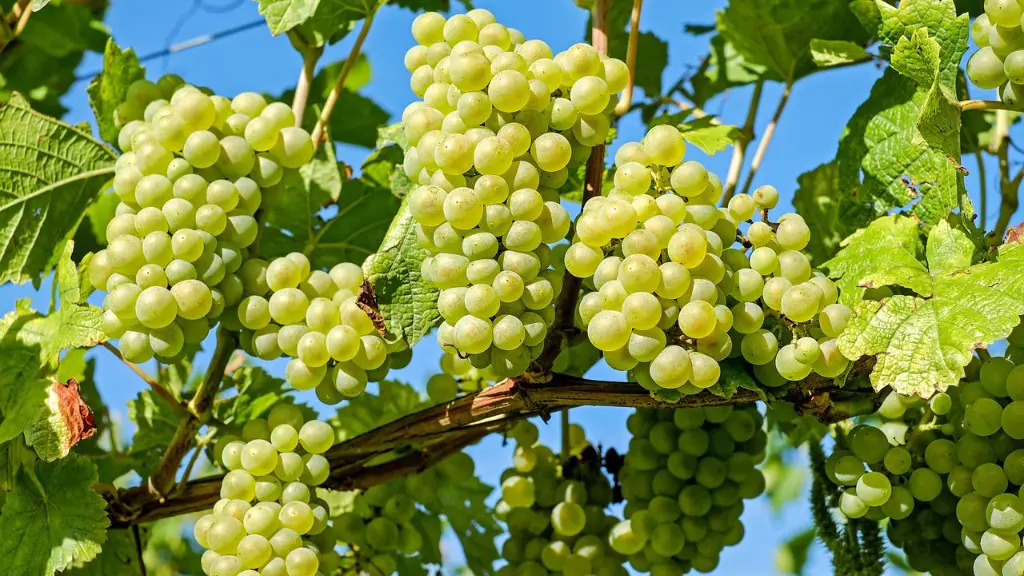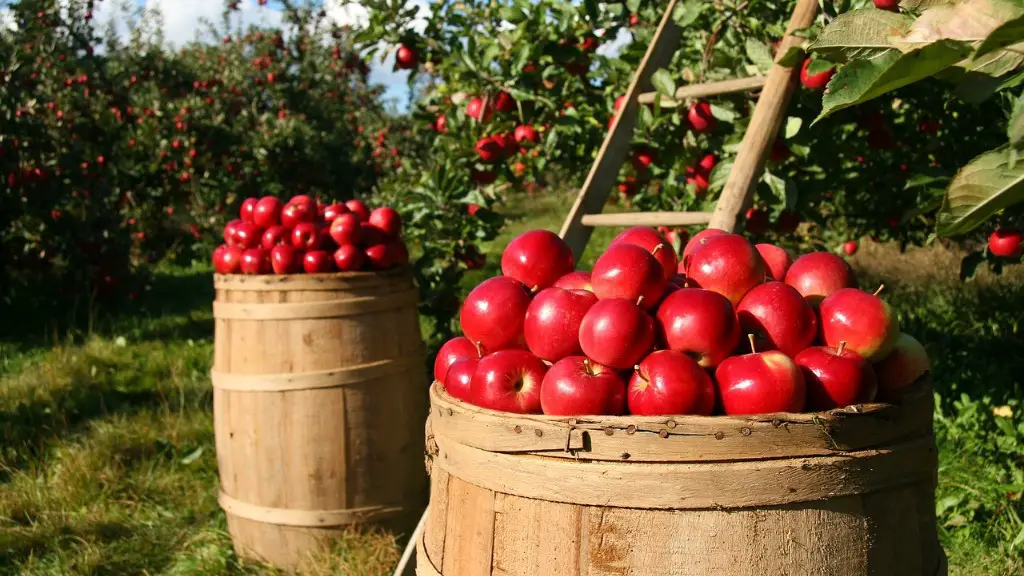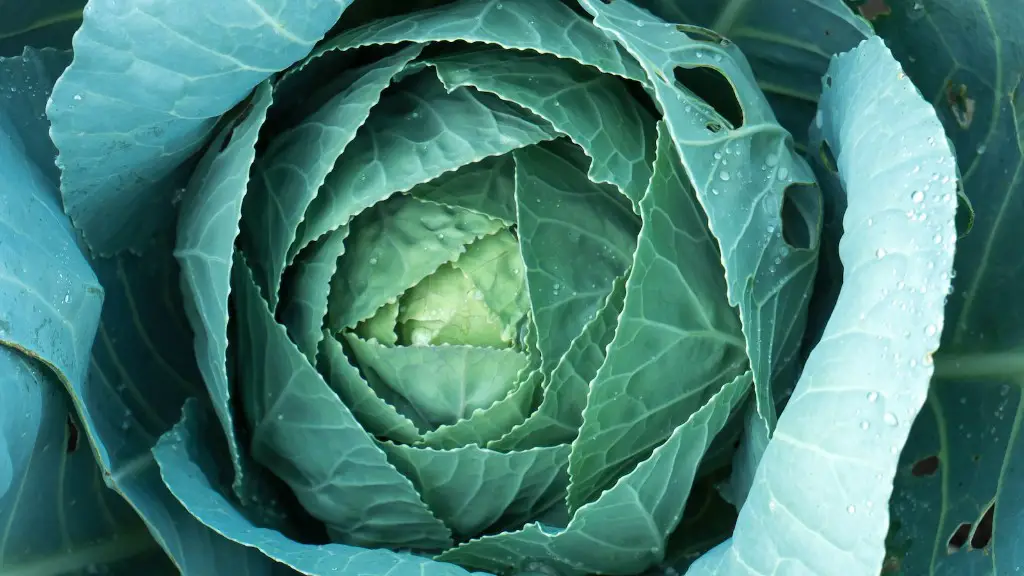Since the early days of agriculture, farmers have been using biotechnology to improve crops. Biotechnology is the use of living organisms or their products to modify or make products. In agriculture, biotechnology is used to improve the genetic make-up of plants and animals to make them more resistant to disease and pests, and to improve their yield.
The use of biotechnology in agriculture is nothing new. Farmers have long used techniques like cross-breeding and selection to improve crops. However, the term “biotechnology” usually refers to the use of modern techniques, such as genetic engineering, to modify plants and animals.
There are many ways that biotechnology can be used in agriculture. For example, it can be used to develop crops that are resistant to herbicides or pests. It can also be used to create plants that yield more food or that grow in adverse conditions, such as drought or salty soil.
Biotechnology can also be used to improve the quality of food. For example, it can be used to create healthier livestock or to develop fruits and vegetables with higher levels of vitamins and minerals.
In addition to its agricultural applications, biotechnology is also being used to develop new medicines and treatments for diseases.
What are three examples of how biotechnology might be used in agriculture?
Biotechnology is the use of living systems and organisms to develop or make useful products. In agriculture, biotechnology is used to improve crop yields, reduce crop damage from pests and disease, and improve the quality of food.
Genetically modified crops are one example of biotechnology in agriculture. These crops have been modified to resist herbicides, pests, and disease. They can also be modified to improve nutritional content or to produce higher yields.
Biofuels are another example of biotechnology in agriculture. Biofuels are made from plant materials and are used to power vehicles and machinery. Biofuels are renewable and environmentally friendly.
Improving plant growth and seed quality are also possible with biotechnology. Plant hormones can be used to improve growth rates and seed quality.
Finally, biotechnology can also be used to improve animal health and breeding. Animals can be vaccinated against diseases, and genetic engineering can be used to improve the quality of meat, milk, and eggs.
Many new plant varieties being developed or grown by farmers have been produced using genetic engineering, which involves manipulating the plant’s genes through techniques of modern molecular biology often referred to as recombinant DNA technology. This technology has made it possible to produce plants with desirable characteristics, such as resistance to pests or tolerance to herbicides. While some people have concerns about the safety of genetically engineered plants, the reality is that these plants are no different from any other plant that has been bred through traditional methods.
What is an example of agricultural biotechnology
GMO soybeans with healthier oils can be used to replace oils that contain trans fats. This would be an example of a GMO food that is just as safe as a non-GMO food. Additionally, research shows that GMO plants fed to farm animals are as safe as non-GMO animal food.
Products developed with agricultural biotechnology can help to reduce greenhouse gas emissions in a number of ways. For example, cover crops can be used to provide sustainable biofuels, and fruits and vegetables that stay fresh for longer periods of time can reduce food waste. In addition, agricultural biotechnology can help to improve the efficiency of agricultural production, which can further reduce greenhouse gas emissions.
What are 5 examples of technologies used in agriculture?
Agriculture has always been a field that is constantly innovating and adopting new technologies. The past few years have seen a surge in new technologies being developed specifically for agriculture. Here are the five newest technologies in agriculture:
1. GIS software and GPS agriculture: This technology is used to map out fields and track crops. It can be used to plan irrigation, planting, and even harvests.
2. Satellite imagery: This technology can be used to monitor crops and fields from above. It can be used to track the health of crops, identify problem areas, and even predict yields.
3. Drone and other aerial imagery: This technology is used to take pictures and videos of crops and fields. It can be used to identify problems, monitor growth, and even map out fields.
4. Farming software and online data: This technology is used to help farmers manage their crops and fields. It can be used to track growth, monitor irrigation, and even plan harvests.
5. Merging datasets: This technology is used to combine data from different sources. This can be used to create more accurate maps, track growth over time, and even predict yields.
DNA profiling and DNA cloning are two key applications of biotechnology. DNA profiling can be used for criminal investigations and to identify individuals for medical purposes. DNA cloning allows for the production of genetically identical copies of DNA, which can be used for research or therapeutic purposes. Transgenesis is the process of introducing genetic material from one organism into another, and can be used to create genetically modified organisms (GMOs). Genome analysis is the study of an organism’s complete set of DNA, and can be used for a variety of purposes, including diagnosis of genetic disorders and determination of an individual’s ancestry. Stem cells and tissue engineering are other important applications of biotechnology. Stem cells have the ability to develop into any type of cell in the body, and can be used for regenerative medicine and disease treatment. Tissue engineering is the process of creating artificial tissue to replace or repair damaged tissue.
What are five advantages of using biotechnology for agricultural development?
Agricultural biotechnology has many potential benefits that could be extremely beneficial to farmers and the agro-industry as a whole. These benefits include improved yield from crops, reduced vulnerability of crops to environmental stresses, increased nutritional qualities of food crops, improved taste, texture or appearance of food, reduced dependence on fertilizers, pesticides and other agrochemicals, and production of more environmentally sustainable and eco-friendly products. If properly harnessed, agricultural biotechnology could potentially help to solve many of the world’s food security and environmental problems.
The world of agriculture is constantly evolving and new technologies are emerging all the time. Here are ten trends to watch out for in the next few years:
1. Bee vectoring technologies – using bees to deliver crop treatments – could become more widely used as farmers look for ways to reduce chemical inputs.
2. Precision agriculture – using sensors and mapping technologies to manage crops on a very precise level – will continue to grow in popularity as farmers strive to improve yields and save on inputs.
3. Indoor vertical farming – growing crops indoors in vertically stacked layers – could offer a way to produce food in a more space-efficient and environmentally-friendly way.
4. Livestock farming technologies – such as using sensors to track animal health and well-being – are likely to become more commonplace as the industry looks for ways to improve animal welfare.
5. Laser scarecrows – using lasers to deter pests – could be an effective way to protect crops without the use of harmful chemicals.
6. Farm automation – using robots and other automated systems to carry out tasks on the farm – is set to increase as labor becomes more scarce and expensive.
7. Real-time kinematic (RTK) technology
What are 3 important inventions that improved agriculture
The reaper machine was first invented in the early 1800s. This machine allowed farmers to harvest small grains much faster than by hand. The thresher machine was invented in the early 1800s as well. This machine helped farmers to remove kernels from the straw more efficiently. The steam engine was invented in the early 1800s as well. This machine allowed farmers to power their machinery, making farm work much easier. The automobile was invented in the late 1800s. This machine allowed farmers to transport their goods to market much faster and easier. The tractor was invented in the early 1900s. This machine allowed farmers to plow their fields and do other farm work much faster and easier. Hydraulics were invented in the early 1900s. This technology allowed farmers to use machinery to do various tasks on the farm much more efficiently.
The tractor was introduced in the early 1900s and revolutionized agriculture. It allowed for larger and more efficient farms, as well as for the introduction of new tillage and harvesting equipment. This new equipment, along with advances in irrigation and air seeding technology, led to higher yields and improved quality of the food and fibre that was grown. Today, agriculture is more technologically advanced than ever before, and farmers are able to produce more food with fewer inputs.
What are the 2 main fields that biotechnology is used in?
There are many different applications for modern biotechnology in the field of environment. One example is the use of biotechnology to clean up contaminated sites. Bioremediation is the use of living organisms to break down or remove pollutants from the environment. This process can be used to treat contaminated soil, water, or air. Another example of environmental biotechnology is the use of microorganisms to convert biomass into renewable energy. This process, known as microbial fuel cells, has the potential to create clean, renewable energy from sources such as sewage and agricultural waste.
In the field of medicine, biotechnology is used to develop new and improved treatments for disease. One example is the use of monoclonal antibodies to treat cancer. Monoclonal antibodies are man-made versions of the antibodies that our bodies produce to fight off infection. They can be specifically designed to target cancer cells, which helps to minimize the side effects of traditional cancer treatments. Another example of medical biotechnology is the use of gene therapy to treat genetic disorders. In this type of therapy, a healthy copy of a gene is inserted into cells to replace a defective gene. This can help to correct the underlying cause of the disorder and greatly improve the patient’s quality of life.
Biotechnology has had a major impact on medicine, with synthetic insulin and growth hormone being just two examples. In addition, diagnostic tests for various diseases have been developed using biotechnology. This technology has also helped to refine industrial processes, and has been used in environmental cleanup and agricultural production.
What are 3 of the uses of biotechnology today
Biotechnology is responsible for a number of innovations that we take for granted in our everyday lives. Biofuels, vaccines, bioremediation, pest resistant crops, cheese production, and alcoholic drinks are all products of biotechnology. Environmental engineers use biotechnology to clean up hazardous waste sites and to develop new methods of waste management. Biodefense and public safety are also important applications of biotechnology.
The application of biotechnology to crops has resulted in increased crop productivity. By introducing such qualities as disease resistance and increased drought tolerance to crops, biotechnology has helped to improve the yield of crops. In addition, biotechnology has allowed for the selection of genes for disease resistance from other species and the transfer of them to important crops. As a result, crops are better able to withstand disease and pests, and their yield is improved.
What are 5 examples of crops that utilize plant biotechnology?
The primary biotech crops grown in the United States are corn, cotton, and soybeans. These crops have been genetically modified to be resistant to herbicides and/or pests. Canola, squash, papaya, alfalfa, and sugarbeet are also grown using biotechnology.
Agricultural biotechnology has the potential to increase crop production, lower farming costs, improve food quality and safety, and enhance environmental quality. However, there are public concerns that the negative effects of biotechnology may outweigh the potential benefits.
Final Words
Biotechnology is the application of scientific and engineering principles to the processing of materials by biological agents to provide goods and services.
In agriculture, biotechnology is used to improve crop yields, reduce the need for pesticides and herbicides, and create new strains of plants that are resistant to disease.
Biotechnology is used in agriculture to improve crop yields, resist pests and diseases, and to produce more nutritious foods. It is a rapidly growing field with great potential to improve the efficiency and sustainability of agriculture.

